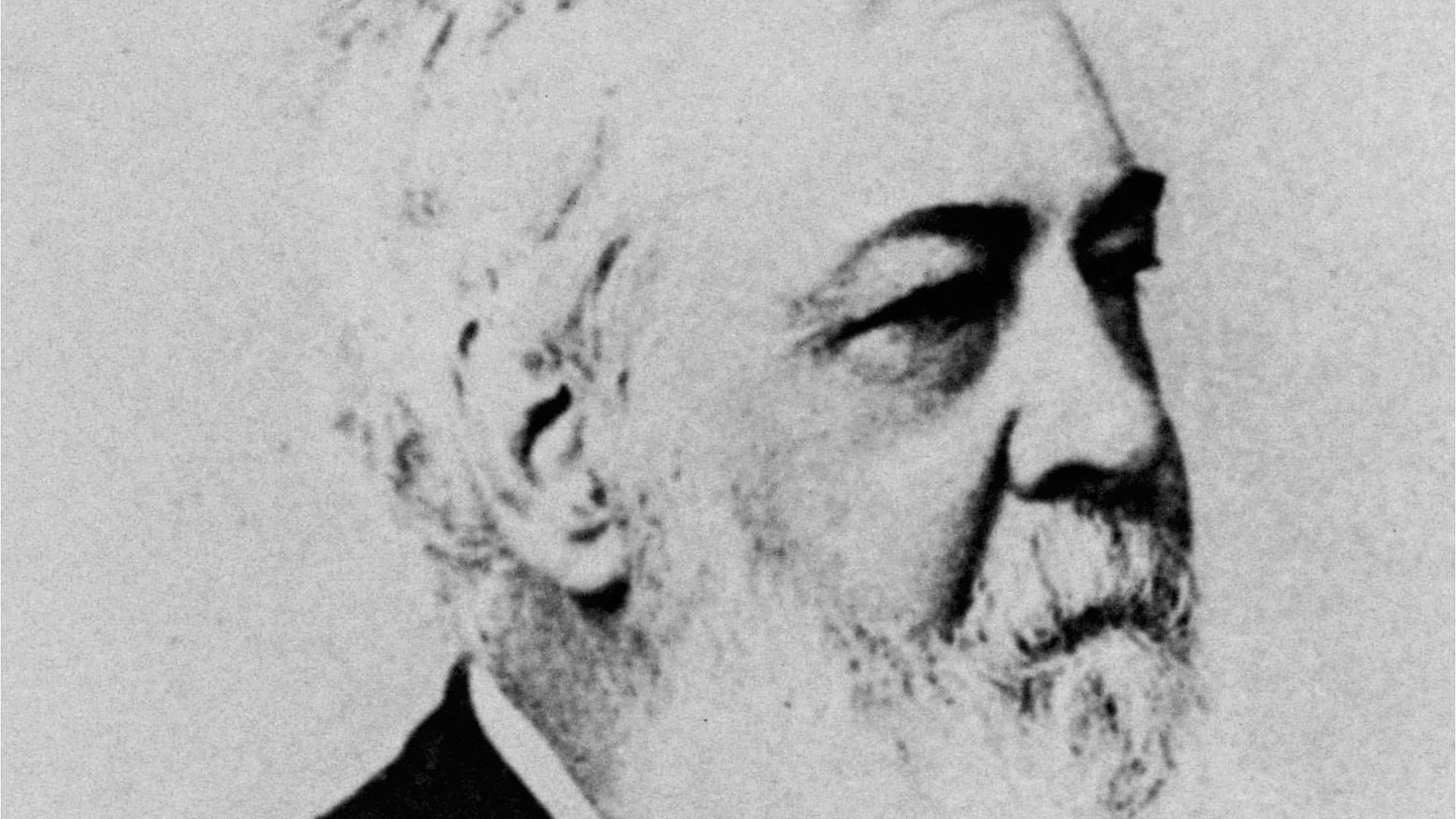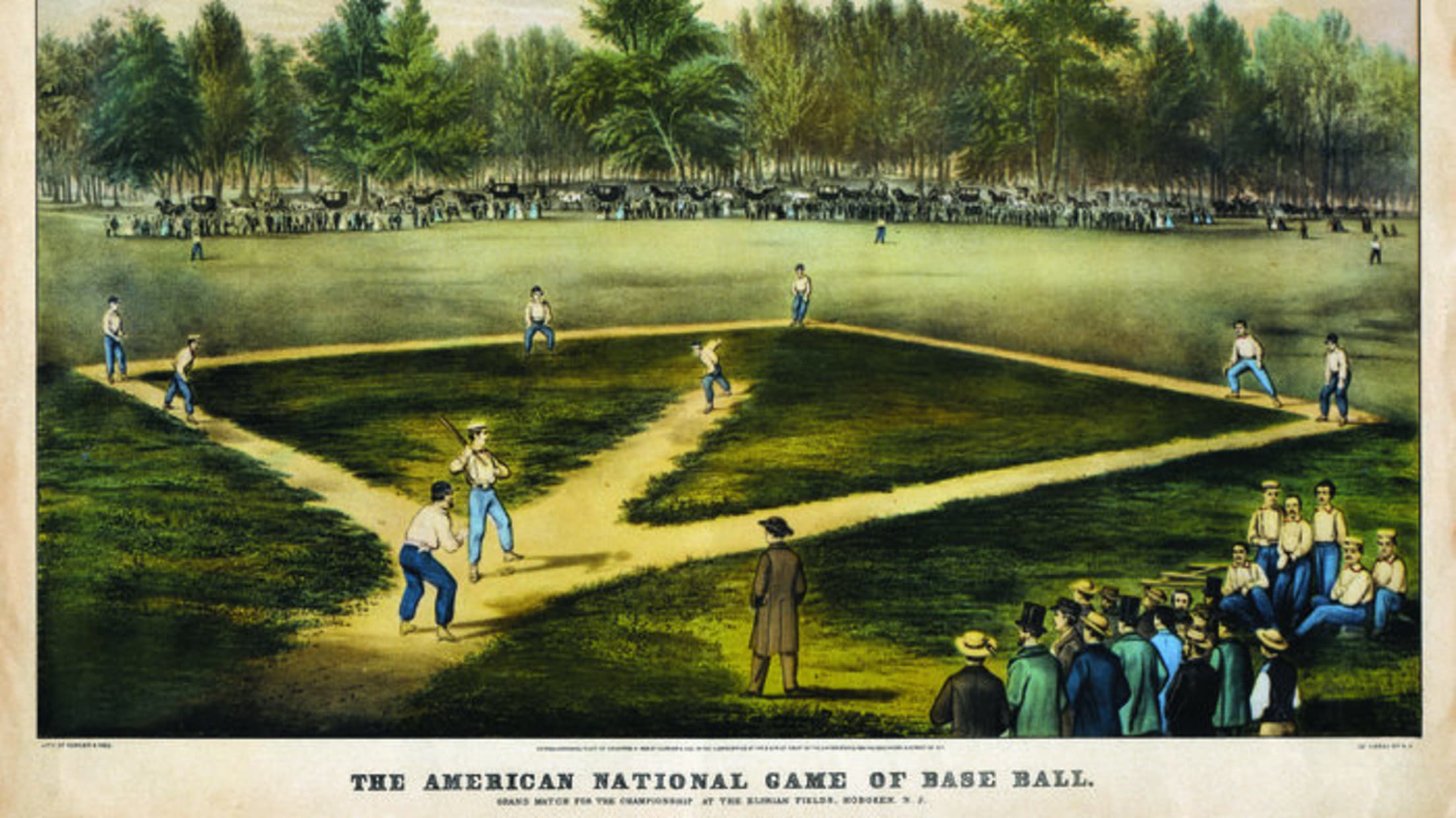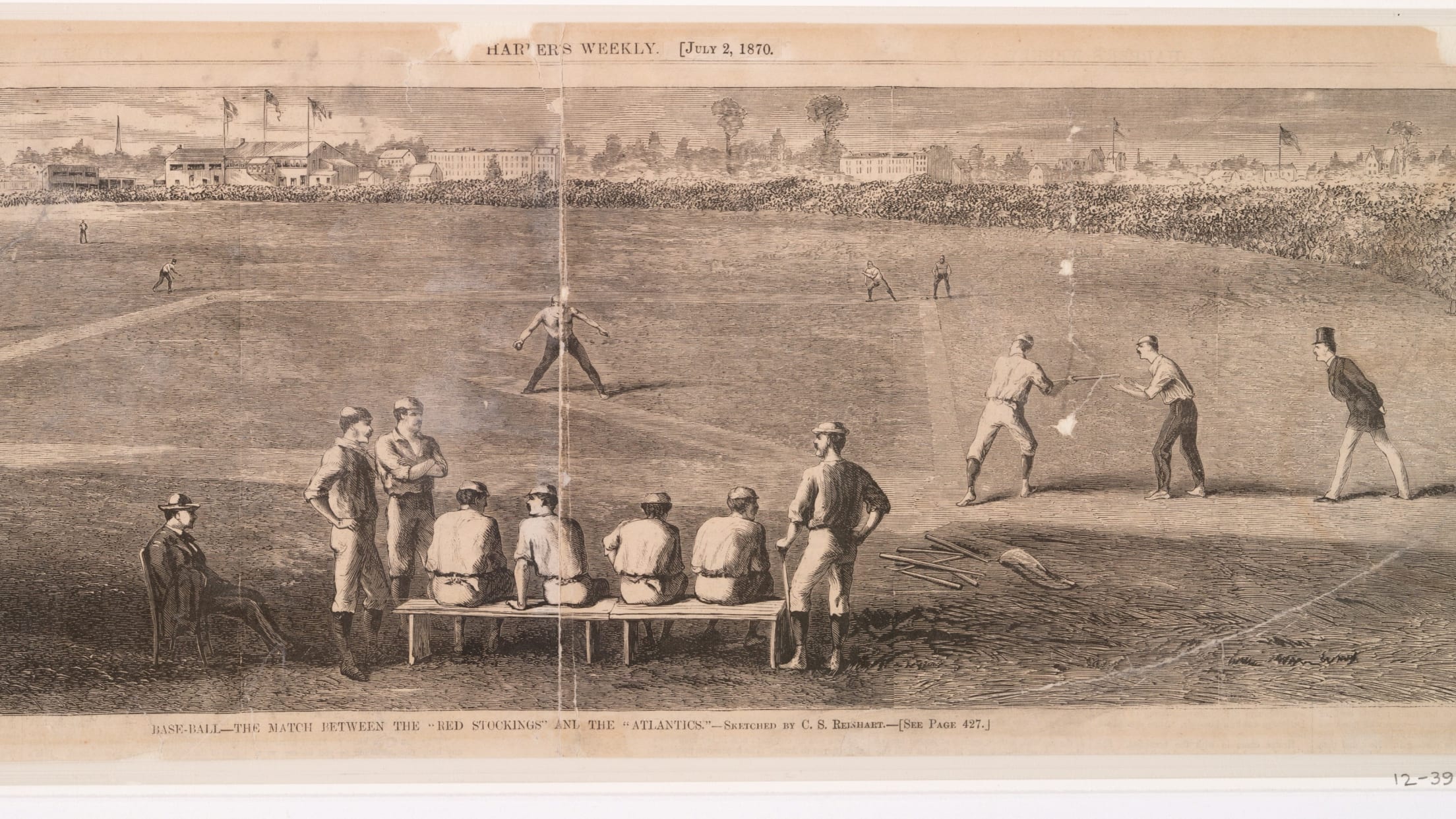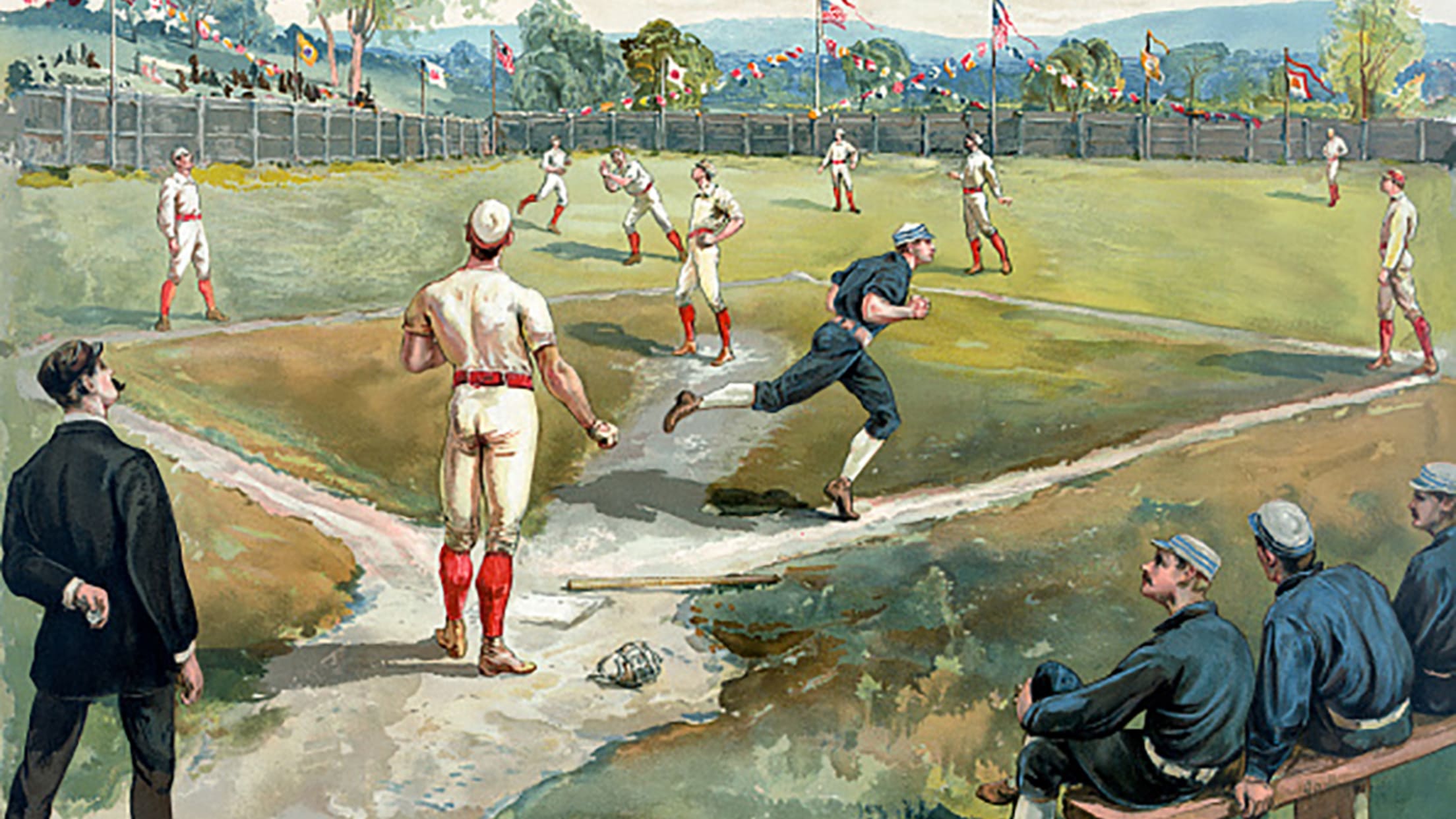Why is it three strikes and you're out?

Three strikes and you're out. Four balls, take your base. These were probably the first rules you learned when you sat down to watch a baseball game or picked up a bat for the first time. The concepts even extend beyond the baseball field. You probably got "three strikes" in kindergarten if you weren't sharing the wooden building blocks adequately. At this point, it seems so intuitive that it's hard to imagine any other way of going about things.
But in reality, the first people who played baseball weren't like you opening Settlers of Catan for the first time with your friends. They didn't have a manual with already-finalized rules. They made them up and figured them out as they went along -- including how many strikes made an out and how many balls made a walk.
In 1845, the Knickerbocker Baseball Club set down 20 rules that are considered the foundation of baseball as we know it. Now, not all these rules were original, as baseball had been played in some form or another for years prior, but the Knickerbocker Rules put them all in one place.

[Alexander Cartwright, founder of the Knickerbocker Baseball Club | AP]
The club made no specific mention of called balls and strikes. Rather, Article 9 -- the only article that set down rules for the pitcher -- simply said, "The ball must be pitched, not thrown, for the bat." Even though there were not called strikes, you could still strike out after three strikes, if you swung and missed at three pitches. But again, pitchers were trying to throw so that batters could put the ball in play, so that was an embarrassing outcome.
With no concept of a strike zone, batters could be picky and avoid hittable pitches for as long as they wanted. That created a bit of a pace problem, so in 1858, called strikes were implemented with one caveat: batters would receive one "warning" call for the first hittable pitch they let pass. So, effectively, it would require four strikes to make an out.
Even with the called strikes, the game was still slow. It didn't take long for pitchers to realize that, without any penalty for not pitching a hittable ball -- i.e., a called ball -- they could basically make batters get so bored at the plate they would give up. Historian John Thorn describes a game where pitchers would throw wide of the plate for up to 15 minutes, just waiting for the batter to get impatient and swing (and miss) at some unhittable pitches for an out. It wasn't unusual for a batter to see 40-50 pitches in a single at-bat.

Just four years later, in 1863, the rules were changed again to speed things up. Called balls were implemented, but it would take nine of them for a batter to be awarded first base.
Still, walks were considered almost cowardly. As one of the early stars of the game, George Wright, said in a 1915 interview with the New York Sun, it "was unusual because it was an unwritten law that the hitter should do his utmost to connect with the ball and he was not handicapped by any rule as to where he should step in order to hit it." As a result, the league walk rate remained in the 1-3 percent range throughout the 1870s.

The ball and strike rules remained unchanged for a while after this -- until pitchers began to take matters into their own hands, aspiring to be more than glorified batting practice. They learned how to throw pitches with spin, making it increasingly harder for batters to make contact.
The result? A huge drop in offense. In 1871, teams were scoring more than 10 runs per game on average; by 1876, the number was less than six.
And there began a period of tinkering that lasted the better part of the next decade. In 1880, the threshold for a walk was changed to eight balls. In 1882, it dropped to seven. Two years later, it was lowered again to six.

The rule makers weren't content to stop there; 1887 needed to get weird. Not only was the number of balls for a walk lowered to five, but the "warning strike" was eliminated, as was the rule allowing a batter to call for a high or low pitch. (This was also the first year in which walks were counted as hits in the historical record.)
With strikeouts being harder to come by, though, hitting got out of control. League batting average soared to .269 in the National League and .273 in the American Association after hovering in the .240-.250 range in the seasons prior. Two hitters -- Tip O'Neill and Pete Browning -- hit over .400 after no one had done so since Ross Barnes in 1876.
Under this onslaught of new rules, teams scored over six runs per game for the first time in the history of the American Association and for the first time since 1875 in the National League.
So, the following season, it was once again three strikes to an out and walks were no longer hits. Batting average dropped by 30 points in the National League and 35 points in the American Association. Run scoring dropped to the lowest levels in the history of either league to that point, all the way down to nearly 4.5 per game in the NL.
1889 was the year the league finally found the right balance. The threshold for a walk was lowered to four balls -- and the three strike/four ball standard would remain in place up through the current day. Batting averages and run scoring immediately rebounded to previous levels.
A lot has changed in the 130 years of baseball history since. But the constant of four balls for a walk and three strikes for an out provided a backdrop for the game that has seeped so deep into our culture that they feel inevitable and preordained.




